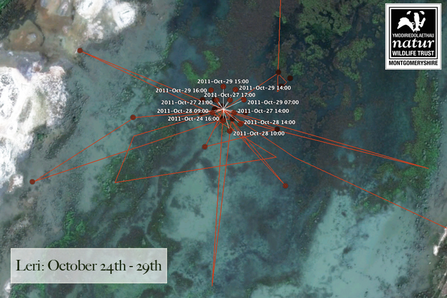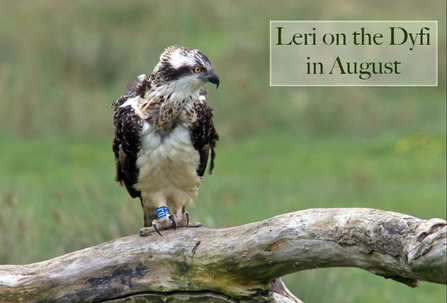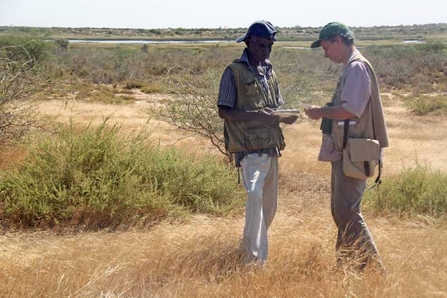It is now almost four weeks since Leri's transmitter sent its last signal. Despite spending much of this time trying to figure out exactly what has happened to her, we cannot come up with a definitive conclusion.
These are the last data points we have for Leri from October 24th to 29th:



